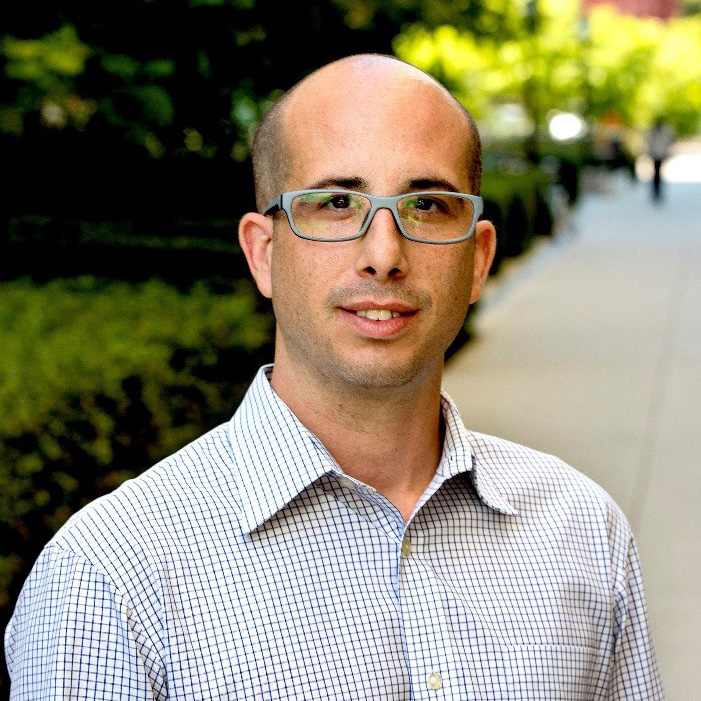Michael P. Rape, Ph.D.

- Title
- Professor, HHMI Investigator
- Department
- Molecular Cell Biology
- Institution
- University of California, Berkeley
- Address
- 300B Li Ka Shing Center for Biomedical Sciences
- City, State, ZIP
- Berkeley, CA 94720
- Phone
- (510) 289-4413
- [email protected]
- Website
- https://www.hhmi.org/scientists/michael-rape

- Research field
- Cell biology, Biochemistry
- Award year
- 2007
- Pew distinction
- Innovation Fund investigator
Research
Ubiquitination is a key regulator of proliferation and differentiation in all eukaryotes. It is carried out by a cascade of three different classes of enzymes, E1, E2, and E3. In humans alone, there are about 40 E2s and more than 600 E3s, making ubiquitination enzymes one of the most abundant and diverse family of enzymes. We know the substrates of only few of these enzymes. My lab is interested in several interrelated projects: discovering ubiquitination enzymes controlling proliferation and differentiation; identifying the pathways regulated by these enzymes during cell cycle control; dissecting the biochemical mechanisms of ubiquitination; and isolating small molecule agonists and antagonists of ubiquitination.
As an Innovation Fund investigator, Rape and his lab are teaming up with the lab of Aaron D. Gitler, Ph.D., to combine their respective expertise in neuroscience and biochemistry to design therapies for the fatal motor neuron disease amyotrophic lateral sclerosis (ALS). Gitler’s work on misfolded proteins in neurological disorders and Rape’s extensive knowledge on the protein degradation process naturally complement one another. Research suggests that toxic buildup of an RNA-binding protein in the cytoplasm of neurons contributes to the development of ALS. This protein is particularly difficult to target because its natural form has essential functions in the nucleus. Gitler and Rape will screen for enzymes that can distinguish between the aggregated toxic form of the protein and its proper functional form. Subsequently, they will investigate ways to target the identified aggregates for destruction and halt the buildup of the toxic proteins, which could transform current approaches to treating this challenging disease.
Scholar Keywords
2007 Search Pew Scholars
- Gro V. Amdam, Ph.D.
- Kristin K. Baldwin, Ph.D.
- Robert H. Blelloch, M.D., Ph.D.
- Hinrich Boeger, Ph.D.
- Edward B. Brown, Ph.D.
- Ananda W. Goldrath, Ph.D.
- Ekaterina Heldwein, Ph.D.
- Deborah T. Hung, M.D., Ph.D.
- Bart Krekelberg, Ph.D.
- Michelle Krogsgaard, Ph.D.
- Joanna Masel, D.Phil.
- Craig A. Micchelli, Ph.D.
- Peter J. Mohler, Ph.D.
- Daniela Nicastro, Ph.D.
- Julie K. Pfeiffer, Ph.D.
- Michael P. Rape, Ph.D.
- Thomas U. Schwartz, Ph.D.
- David R. Sherwood, Ph.D.
- Francis I. Valiyaveetil, Ph.D.
- X.Z. Shawn Xu, Ph.D.
